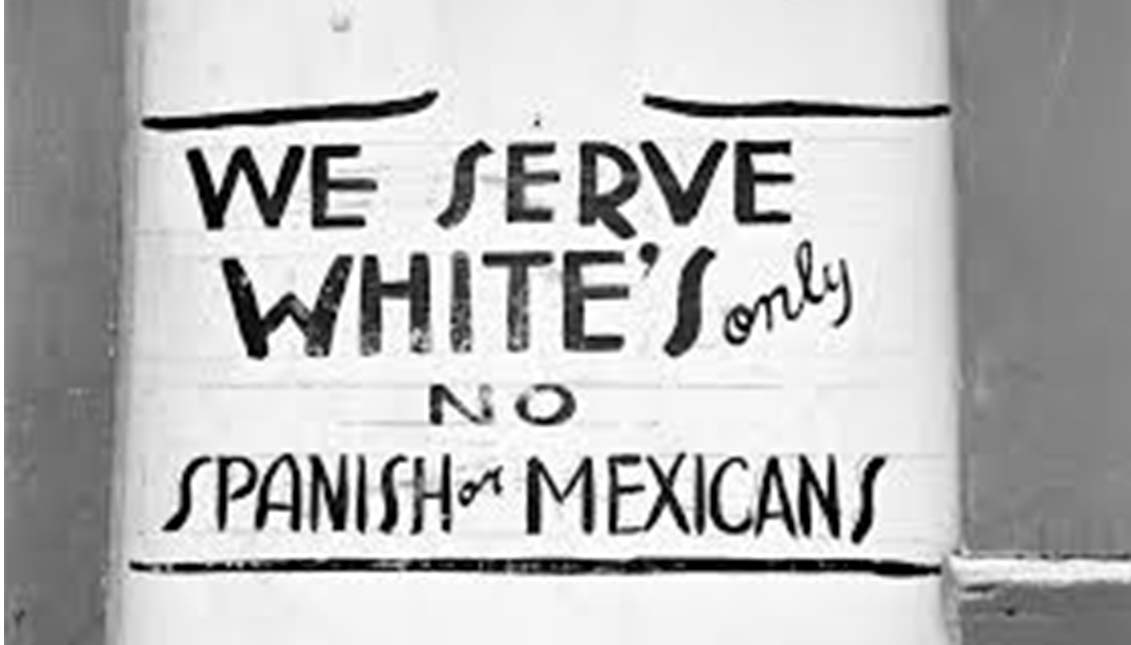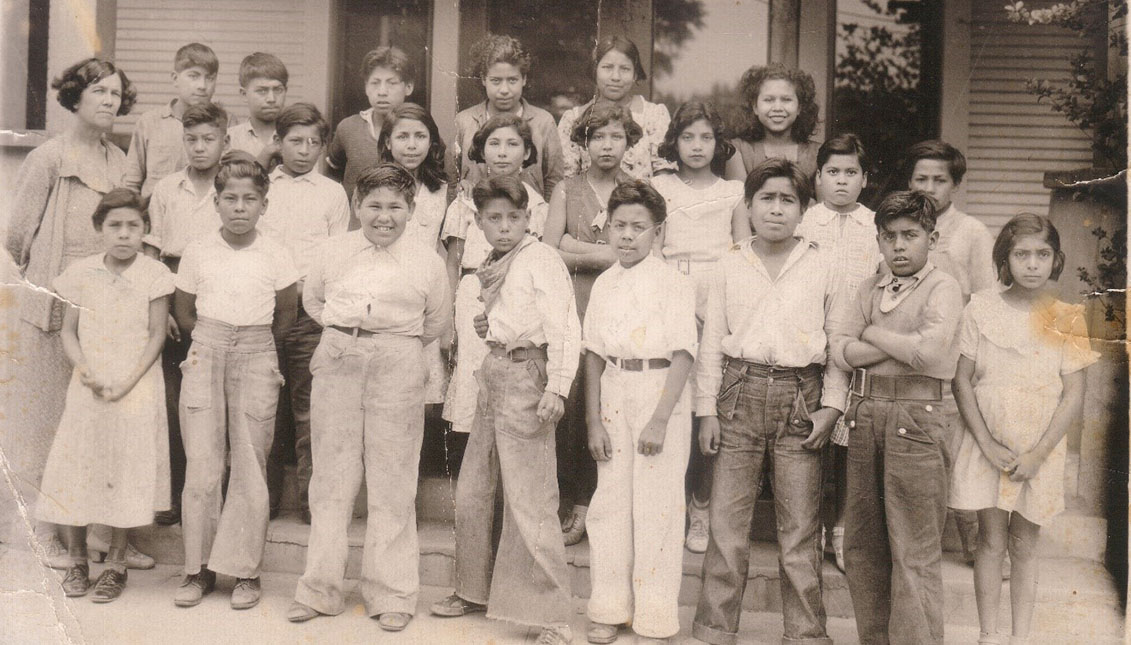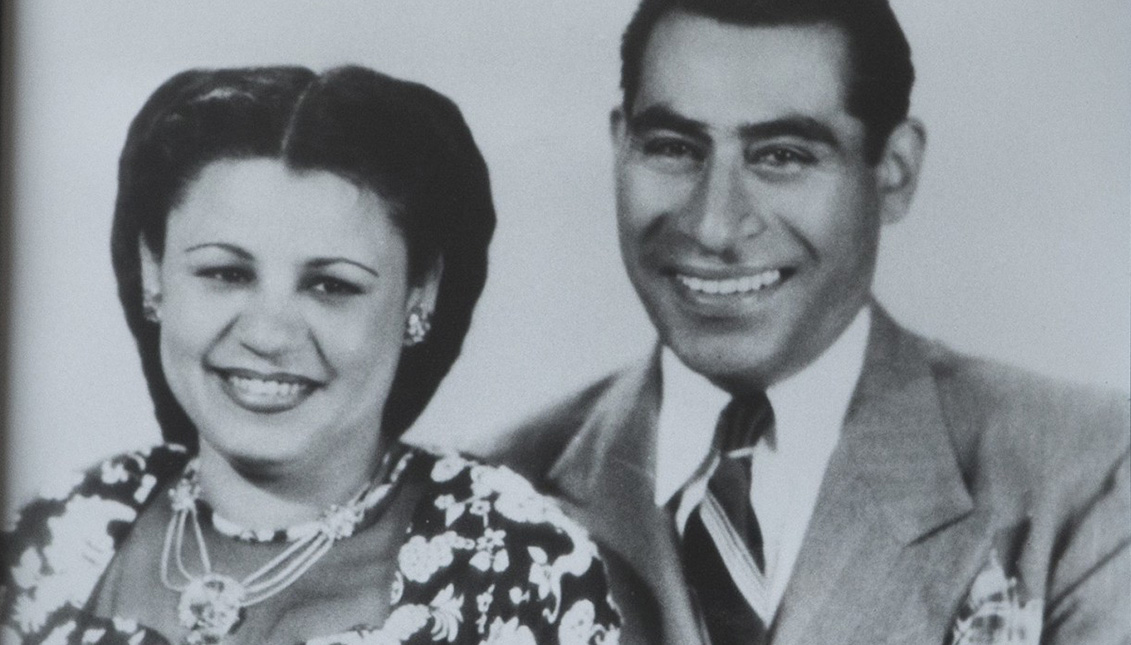
The Mendez v. Westminster Case: Mexican Families Who Ended Segregation in California Schools
There was no law forbidding Mexicans to go to school like any other citizen, but they were educated in separate centers to be farmers and domestic workers.
Whenever we think of the Civil Rights era in the United States, we are reminded of Rosa Parks, who challenged white America by resisting to give up her seat on a bus. We also remember the Black Panthers, Malcolm X and Martin Luther King's "I have a dream." And of course, the historic case of Brown v. Board of Education that ended racial segregation in schools in 1954.
But eight years earlier, in sunny California, a group of families struggled to stop their children from attending schools "only for Mexicans." And they won.
Mendez v. Westminster served as a precedent for the mythical Brown v. Board of Education, the first case in which a federal court ruled that segregation by race in public schools was unconstitutional. However, it was forgotten for decades... Along with one of California's darkest times, which explains why many Latino families were afraid to teach their children their language and traditions.

These kinds of billboards frequently hung from the windows of Californian restaurants. Ever since floods of Mexican workers began to arrive in 1920 to grow citrus fruits in the southern part of the state, and even though there was no law against it, citizens imposed their own segregation.
It wasn't just in the grocery stores and taverns, but also in theaters, where they could only sit on the upper balconies. Even in the public swimming pools so-called "Mexican Mondays" were imposed, after which the pools were cleaned and drained for use by the whites.
The public schools were subject to similar separation.
Up to 80% of Mexican American students, History says, attended "Mexican" centers. School boards had conducted biased intelligence tests on students and argued that they did so to help them become "Americanized" faster.
But instead of improving their language skills and academic level, the agenda of these "brown" schools focused on turning them into domestic workers and farmers like their parents.

"The economic interest of the agricultural elite and the Anglo-Saxon community, in general, was to keep these people in a second-class position," explains Philippa Strum, author of a book on the movement against segregation between Mexicans and Americans in California.
The class schedule was adjusted to the walnut and citrus harvest, so students could go to work in the fields.
Not surprisingly, the school boards were also run by wealthy farm owners whose children attended schools in much better conditions, separated by electrified fences or fields.
Tired of being treated like an underclass, many Chicano families took educational institutions to court with partial results-the first legal victory occurred in San Diego in 1930, but only at the district level.
The beginning of the end of this 'school apartheid' came in 1946.
Two years earlier, Gonzalo and Felicitas Mendez had moved with their children to Westminster, just outside Los Angeles. Attempting to enroll the children in school, they were denied the application and asked the school board to change its policy.

Unanswered, they joined four other plaintiffs from nearby Santa Ana County school districts to sue in federal court for the abolition of segregation, not only for Mexicans but also for students of Asian and Native origin.
The judge, surprisingly, found them right by ruling that not only was segregation illegal in California, but that the equal protection clause of the 14th Amendment to the U.S. Constitution was being violated.
Numerous testimonies, including both schoolchildren and sociologists, attested to the educational injustice and the terrible trauma it created for children.
The Mendez case paved the way for the anti-segregationist movement across the country, as Strum says:
"The idea that educational segregation necessarily implied inferiority and thus interfered with students' ability to learn was the basis for the NAACP's argument in Brown."
The president of Friends of the Latin American Museum (FRIENDS), Estuardo Rodriguez, said in a recent interview with Al Dia News: "Textbooks don't tell about it (our contribution to history)... And it's one of the reasons why there is so much racism and the widespread idea in Anglo-Saxon communities that Hispanics are invaders."
But the American identity and historical struggles of this country also include the Hispanic community.











LEAVE A COMMENT: